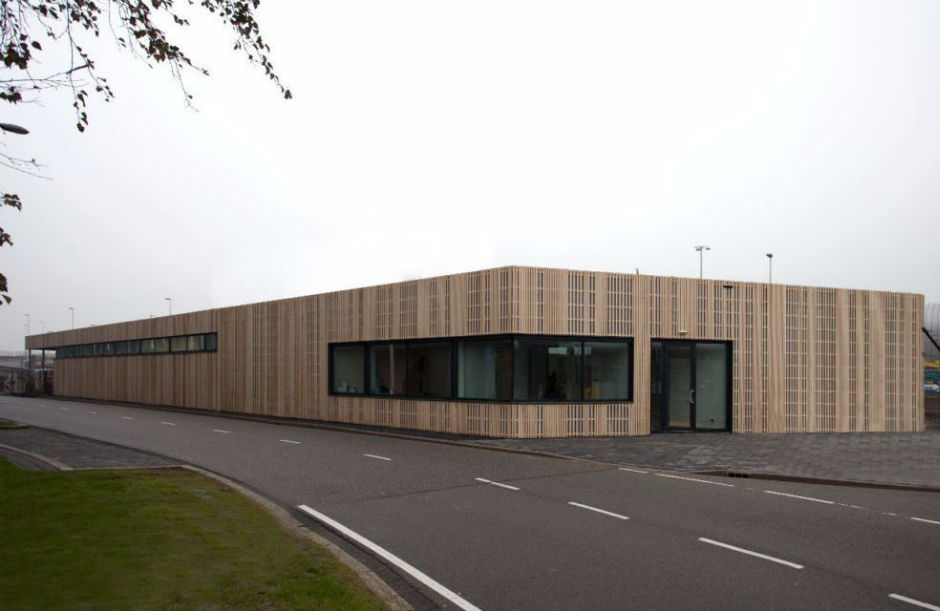Emission-free airport
Schiphol wants to be an emission-free airport by 2030. An increasing amount of equipment that we use for the airport process uses electricity. Because we will continue to expand the number of electrically driven vehicles and machines in the coming years, we will adjust the capacity of our electricity grid.
The transition to more sustainable energy use has also been taking place at our buildings for a number of years. We have included sustainability requirements in our tenders so that our partners also contribute to fewer emissions.

Making buildings sustainable
An increasing number of buildings at Schiphol are being supplied with hot and cold storage. This is a sustainable system that stores energy in the form of heat and cold in the soil, which means that much less gas is needed. That in turn reduces the emission of ultrafine particles from gas-fired installations. We partially use biogas if we have to co-fire with gas.
The B, D, E, F and G Piers have now been fitted with heat and cold storage (WKO). The Hilton Hotel, Terminal 3 and various office buildings also have modern thermal storage systems installed, complete with heat pumps and dry coolers. The new A-Pier and A-Terminal, mortuary and Noord bus station no longer have a gas connection at all and run with 100% soil energy. We want to heat and cool all buildings on the Schiphol site with WKO by 2030.
Electric buses on the platform
Not all aircraft can be parked at the gate; some are located elsewhere on the platforms. Schiphol has been using electric buses for transporting passengers from their aircraft to the gate and back since 2015. A total of 53 electric buses will commute between the platform and gate from January 2020. The diesel buses will only be used when it is very busy. That means that 80% of the passengers are transported between platforms and gates with electric buses.
Shore-side electricity at the gates
Stationary aircraft normally use an auxiliary engine that runs on kerosene or a diesel generator as a power supply, with lighting for instance. Schiphol has provided 73 aircraft stands with shore power and pre-conditioned air (cooled or heated air for air conditioning in the aircraft) in order to reduce emissions. As a result, more than half of all aircraft will no longer be handled with diesel. We will expand the number of sites with shore power and pre-conditioned air even further in the near future.
Electric Ground Power Units (E-GPU’s)
Ground Power Units (GPUs) provide power to aircraft that are not directly at the terminal. They usually use diesel. Schiphol is currently testing the use of a number of E-GPUs. E-GPUs consume electricity and replace the diesel variant. This makes them an addition to shore-side electricity.
Electric taxiing
A number of aircraft already taxi with one engine and therefore emit less ultrafine particles. We also plan to investigate how even more aircraft can taxi out with one engine. We will extensively test to learn more about taxiing without the use of aircraft engines. Those tests will begin in March 2020. If aircraft no longer taxi themselves, but are pulled by a tractor for instance, that can save a lot of ground emissions.